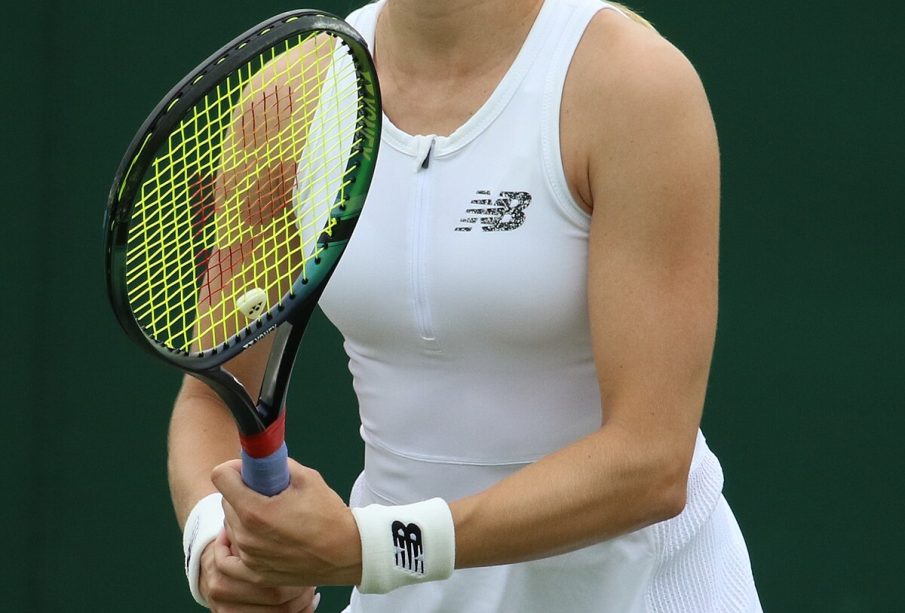Eugenie Bouchard: From Rising Star to Comeback Trail

Introduction
Eugenie Bouchard, a name synonymous with promise and talent in the world of tennis, has made headlines in recent years not just for her on-court performances but for her resilience and determination following a series of injuries. Born on February 25, 1994, in Montreal, Canada, Bouchard burst onto the professional scene and quickly garnered attention for her impressive skills, becoming the first Canadian to reach a Grand Slam singles final in 2014. Her journey is not merely a tale of athletic success; it also highlights the challenges faced by professional athletes in managing their careers amidst setbacks.
Recent Events and Performance
In 2023, Eugenie Bouchard has been working diligently to regain her form after almost two years on the sidelines due to shoulder surgeries that halted her momentum significantly. As of now, she has returned to the WTA Tour and is participating in various tournaments, aiming to rebuild her ranking and competitiveness. Reports indicate that she has made strides in her fitness levels and has been spotted competing in lower-tier events, showing determination to climb back into the top ranks.
Fans have been eagerly following her matches, with social media filled with supportive messages highlighting her tenacity. Despite facing tough competition, Bouchard’s fighting spirit has inspired many as she embarks on her journey back to the forefront of the sport. Her recent participation in the 2023 Canadian Open showcased her grit, illustrating that while the path may be steep, she possesses the necessary willpower to forge ahead.
Significance of Bouchard’s Journey
Bouchard’s story is emblematic of the roller-coaster nature of professional sports, especially in tennis where injury can abruptly alter a player’s trajectory. The resilience she is demonstrating serves not only as inspiration for aspiring athletes but also raises awareness of the mental and physical challenges athletes face during recovery. Coaching changes, training adjustments, and mental health considerations are crucial aspects of Bouchard’s approach as she seeks to elevate her game post-injury.
Furthermore, her situation casts light on the importance of sports rehabilitation and the support systems in place for injured athletes. As consumers and fans observe Bouchard’s resilience, it underlines the significance of encouraging narratives within sports, where recovery and perseverance are celebrated just as much as victories on the field.
Conclusion
Looking ahead, Eugenie Bouchard’s path is a compelling narrative of hope and determination. With continued effort and the right support, there is potential for her to reclaim her position among the elite in tennis. In a sport where every match counts, her experience will serve as a reminder for both fans and fellow athletes that resilience is as important as skill. As we follow her journey through the ongoing WTA Tour, one thing is clear: Eugenie Bouchard’s story is far from over.









